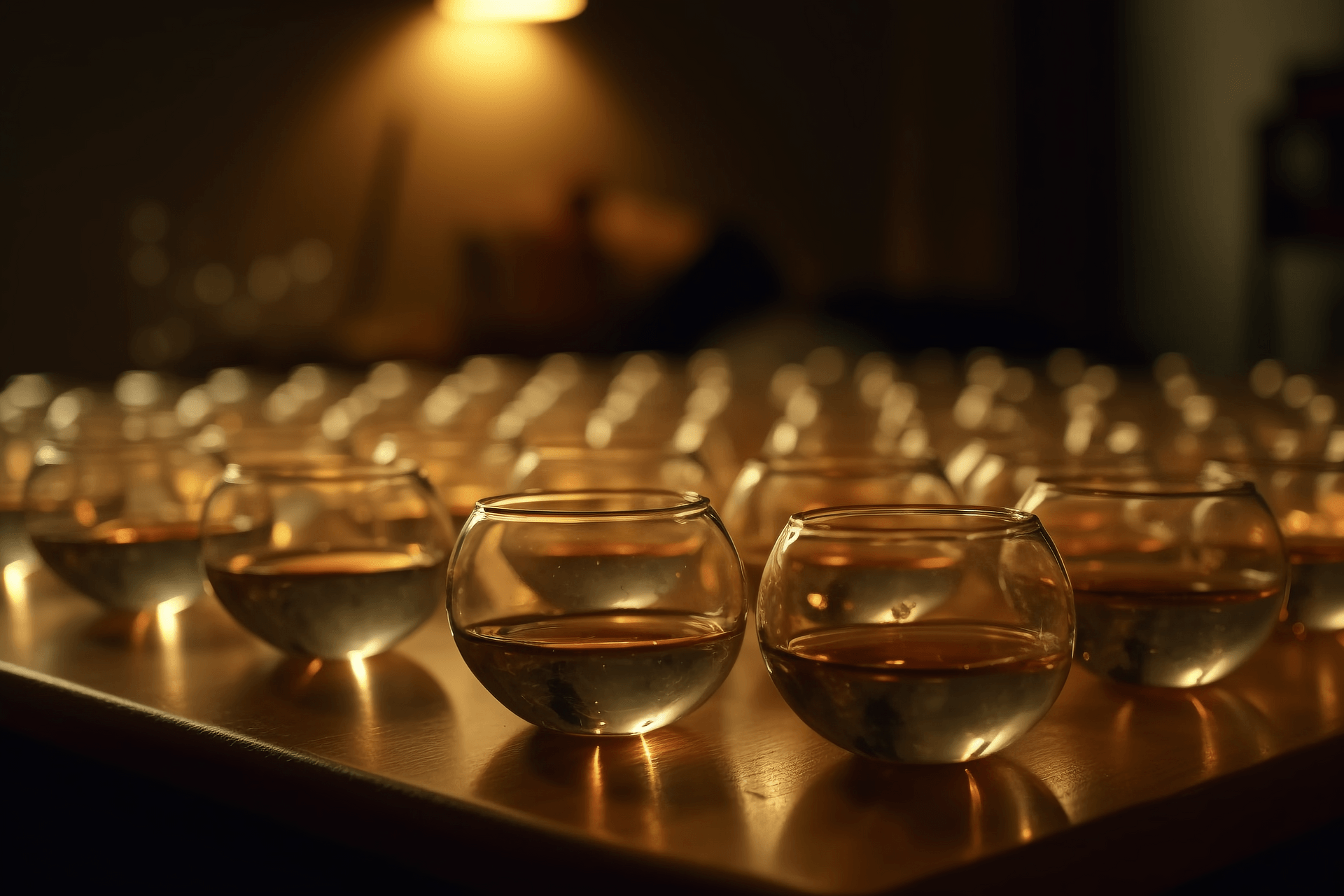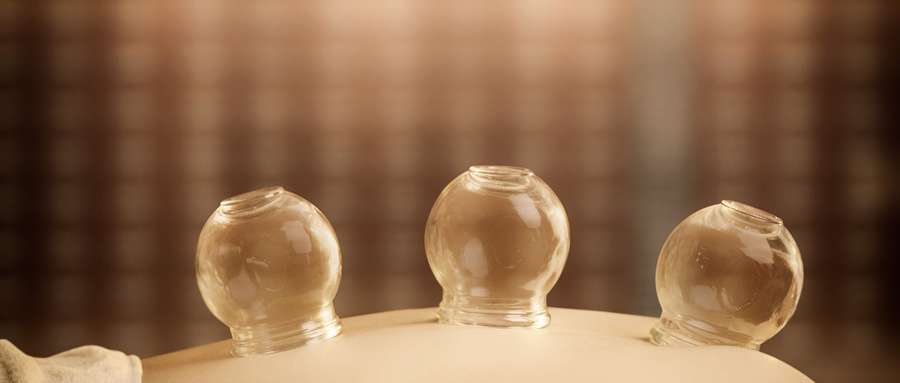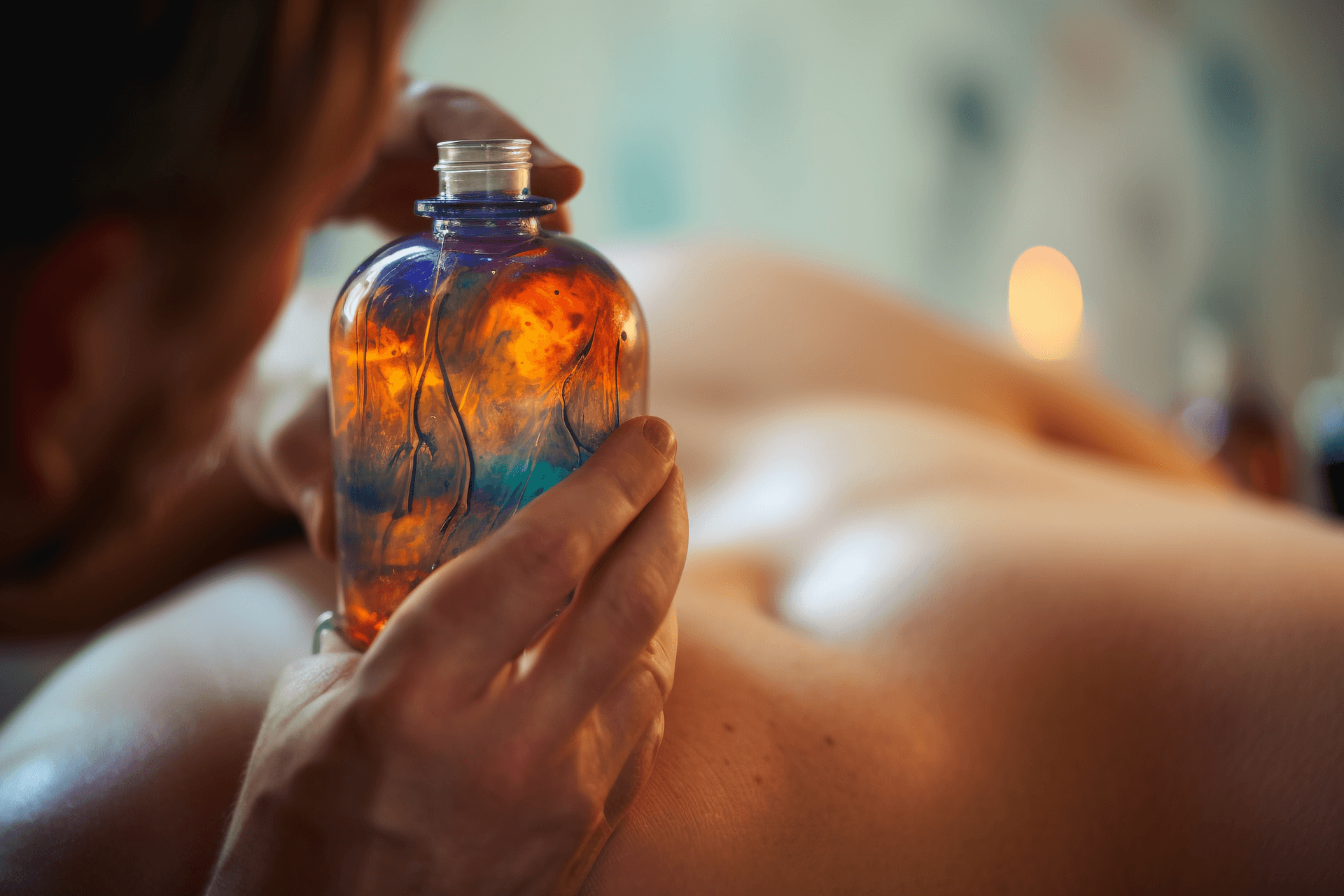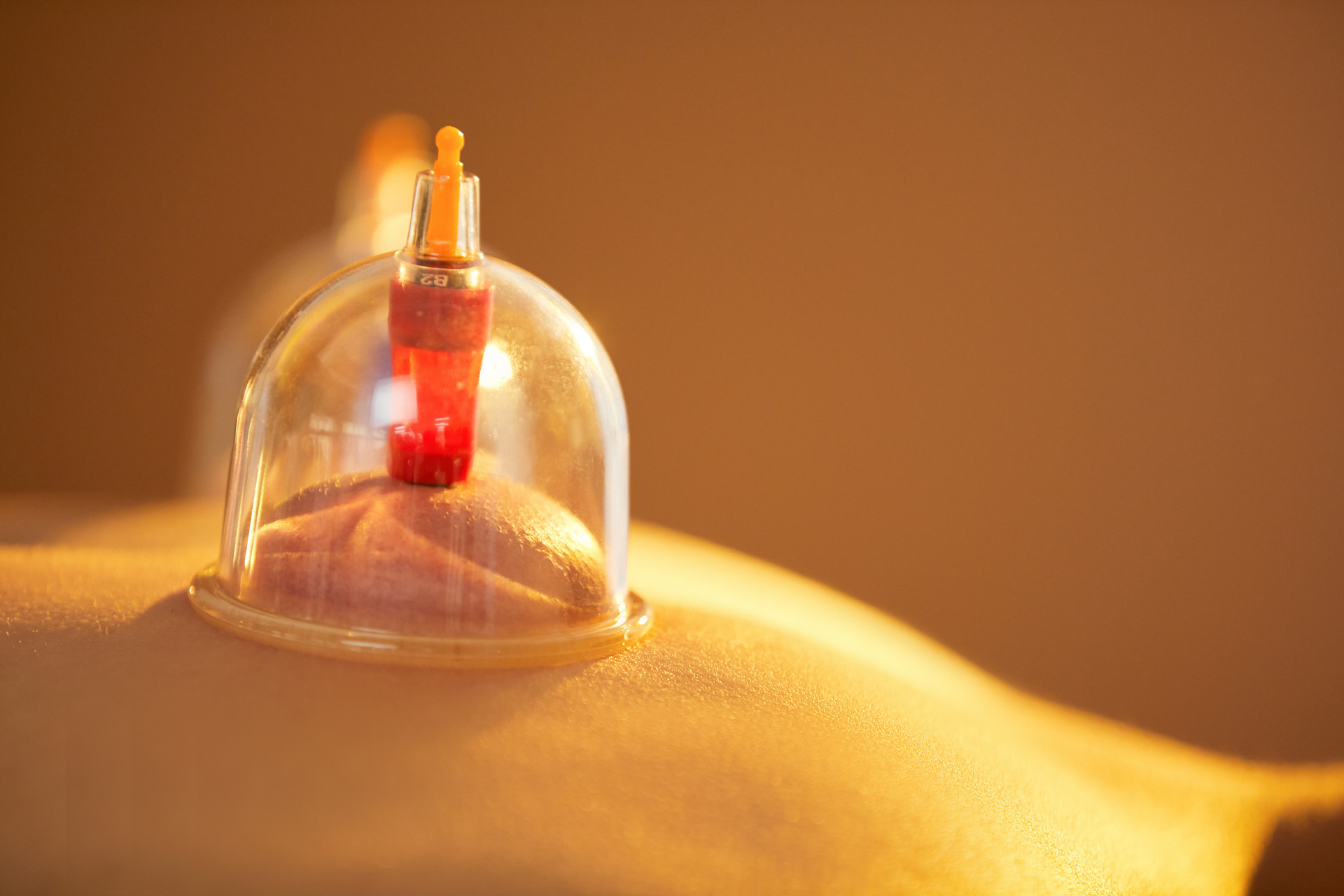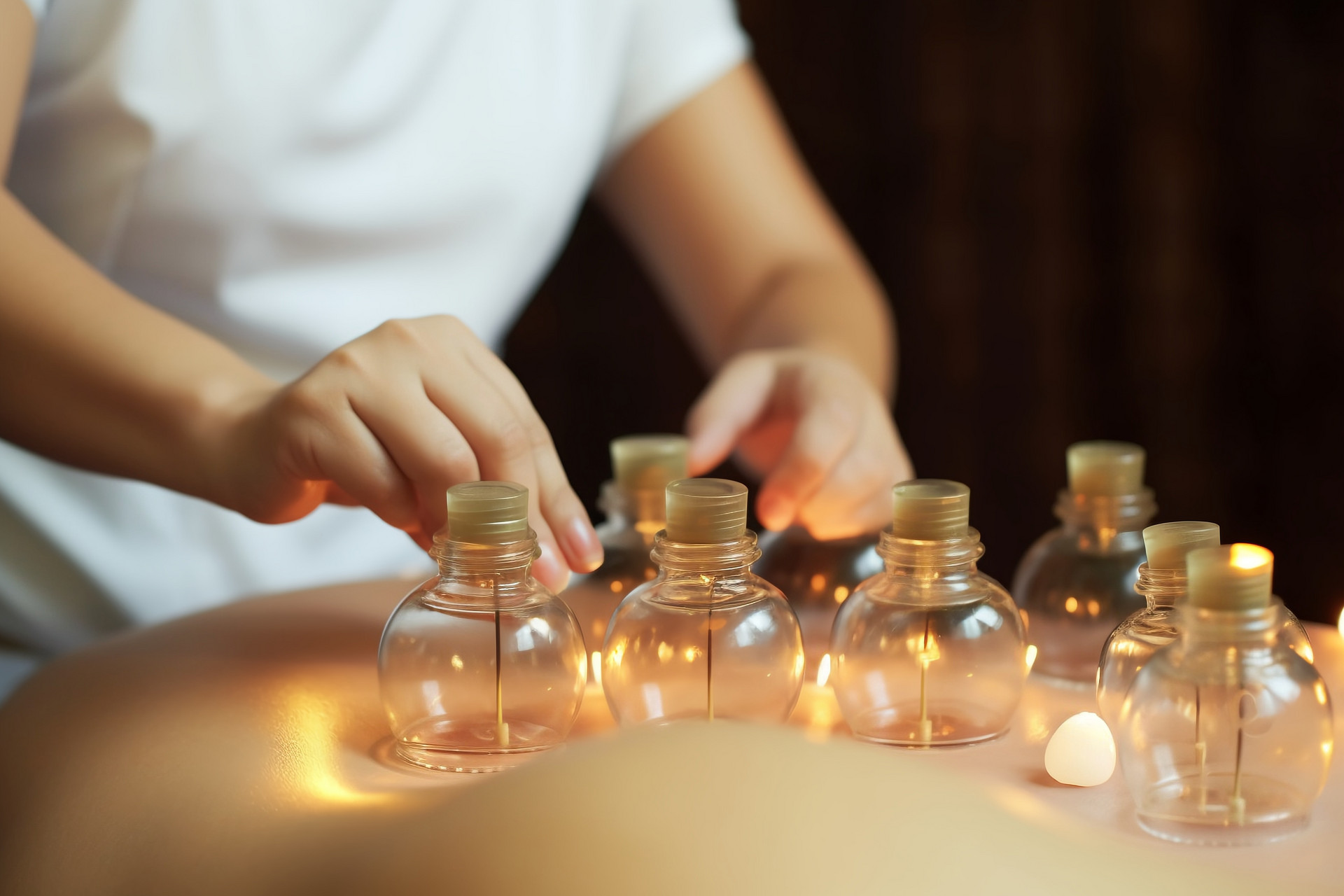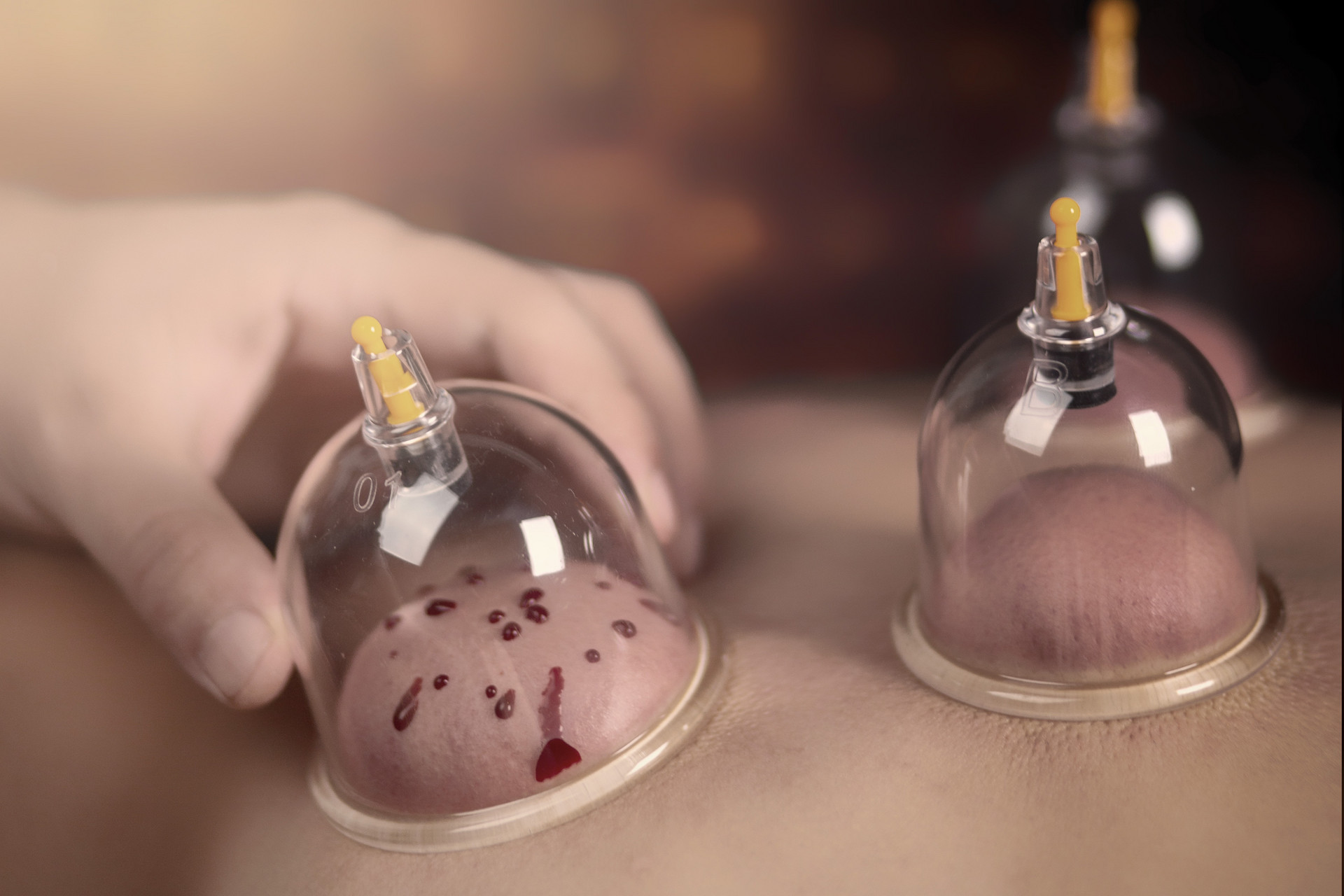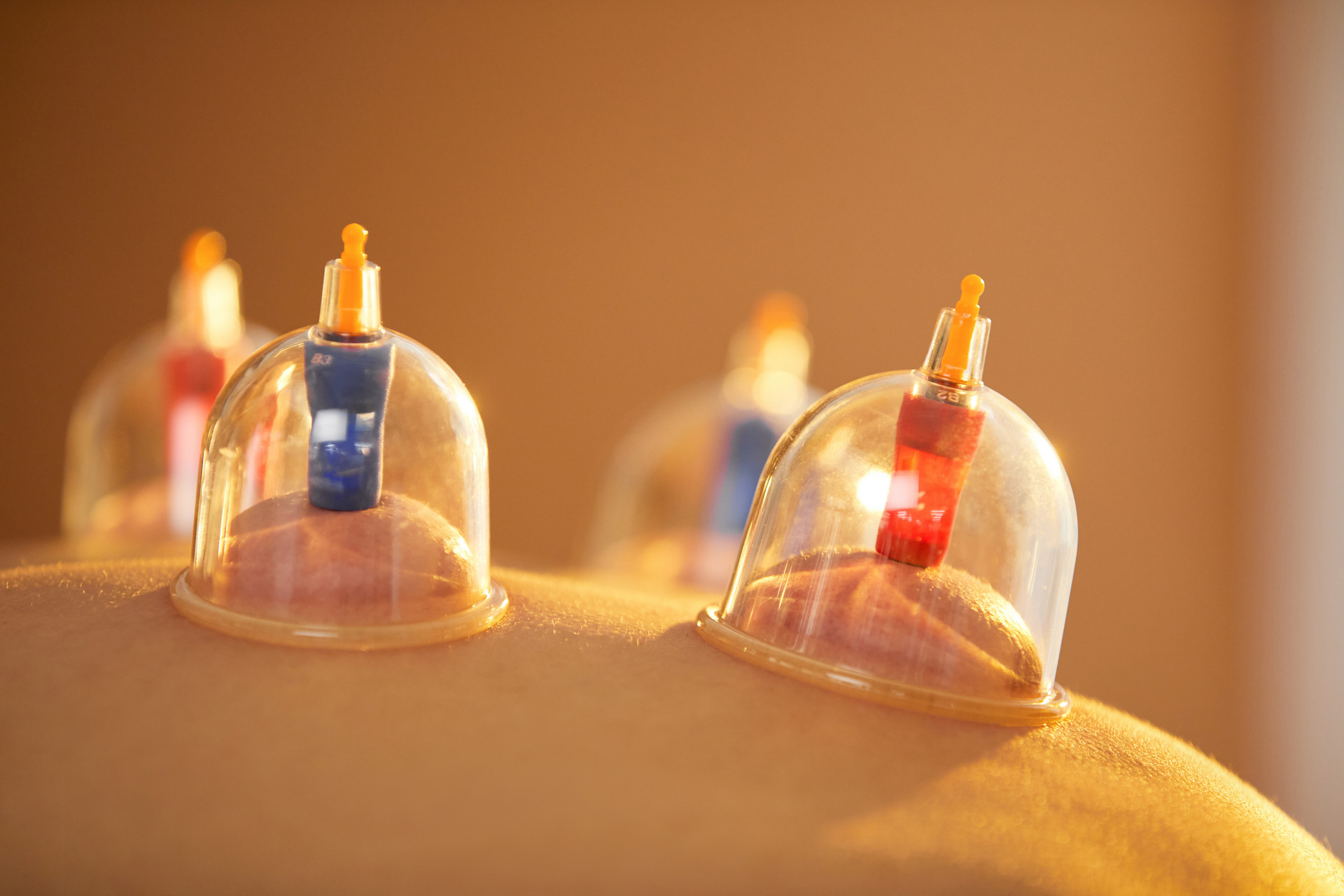1. Indications
Cupping therapy has unique advantages in the treatment of ulcers and abscesses.
(1) The negative pressure formed by cupping therapy can effectively drain pus, reduce systemic toxic reactions, and promote wound healing.
(2) It can avoid large incision drainage when treating deep abscesses and complex multiple abscesses, reduce patient pain, and shorten the healing time of the drainage incision.
(3) It promotes the detachment of pus plugs, shortens the inflammatory cycle, and reduces the use of antibiotics, thereby greatly shortening the course of the disease.
(4) The warm and persistent negative pressure effect of cupping improves local blood circulation, promotes rapid healing of complex wounds and long-lasting non-healing chronic ulcers.
Cupping therapy has a wide range of applications and has been used to treat more than 100 diseases in various medical fields, including internal medicine, surgery, gynecology, pediatrics, dermatology, and otolaryngology. Especially in recent years, unexpected effects have been achieved in the treatment of diseases that have never been treated with this method, such as Behcet's disease, postoperative abdominal distension, and some difficult emergencies such as senile chronic bronchitis, pulmonary edema, and even heart disease and fractures. According to clinical observations, cupping therapy also has significant effects on hypertension and angina pectoris. Due to the unique medical mechanism of cupping therapy, it is particularly effective in treating painful diseases.
Cupping therapy has a significant analgesic effect. Whether it is internal medicine such as headache, abdominal pain, biliary colic, and rheumatic pain, or surgery such as acute lumbar sprain and chronic soft tissue injury, cupping therapy can achieve immediate results, and some may even be cured after one treatment.
The analgesic effect of stimulating meridians and cupping is particularly significant. Traditional Chinese medicine believes that "when the meridians are unobstructed, there is no pain; when there is pain, the meridians are blocked", and pain is often caused by meridian obstruction and blood stasis. Stimulation of meridians and cupping can effectively remove blood stasis, promote meridian circulation, and is commonly used in the treatment of various pain conditions. Modern medicine also believes that stimulating a certain local nerve through cupping therapy regulates the function of corresponding blood vessels and muscles, reflexively relieves the spasm of blood vessels and smooth muscles, and produces significant analgesic effects.
In addition, the diseases that have ideal effects with cupping therapy include: colds, epidemic parotitis, asthma, bronchitis, whooping cough, coronary heart disease, arrhythmia, heat stroke, pulmonary edema, acute gastroenteritis, stomach pain, childhood indigestion, hypertension, sequelae of stroke, diabetes, headache, flank pain, neuralgia, muscle pain, joint pain, lower back pain, dysmenorrhea, menstrual disorders, mastitis, postoperative intestinal adhesions, urticaria, herpes zoster, postpartum insufficient lactation, toothache, tonsillitis, facial paralysis, snake bites, early stage of ulcers, myopia, etc.
2. Contraindications
Cupping therapy should be avoided or used with caution in the following cases:
(1) Patients with poor coagulation mechanism, spontaneous bleeding tendency, or continuous bleeding after injury should not use cupping therapy, such as hemophilia, purpura, leukemia, etc.
(2) Patients with severe skin allergies or contagious diseases such as scabies should not use cupping therapy.
(3) Patients with malignant skin tumors, local broken ulcers, traumatic fractures, varicose veins, large blood vessels on the surface of the skin, or loss of skin elasticity should not use cupping therapy on the local skin.
(4) The abdomen, lumbosacral region, and breast of pregnant women should not be cupped, and when cupping other parts, the technique should be gentle.
(5) Cupping therapy should be avoided during the active period of pulmonary tuberculosis and menstruation in women.
(6) Patients with severe heart disease, heart failure, respiratory failure, and severe edema should not use cupping therapy.
(7) Cupping therapy should not be used on the facial and perineal areas.
(8) Patients with severe neurosis, generalized convulsions, restlessness, or non-compliance should not use cupping therapy.
(9) Cupping therapy should be used with caution in patients who are intoxicated, extremely hungry, extremely full, excessively thirsty, or overworked.


